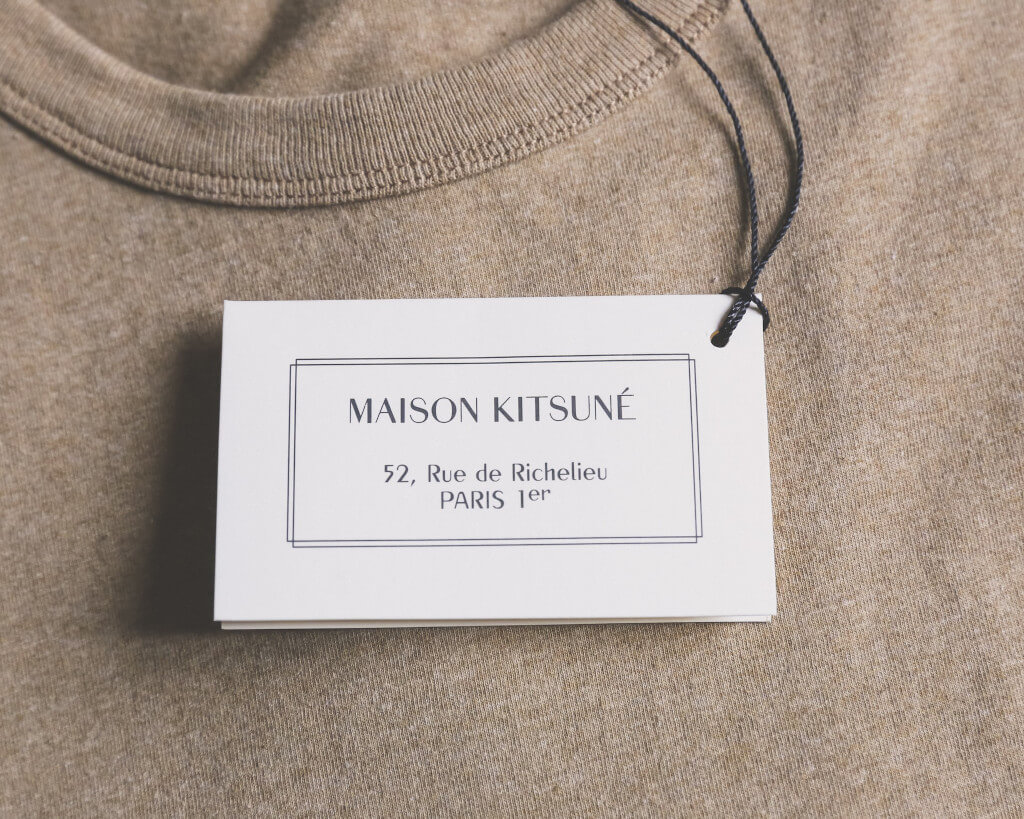The label “Made In…” is one that that we are now are now significantly less likely to find on consumer items, as increasingly fewer businesses are capable of keeping a cost-efficient local manufacturing. Furthermore, countries that in the past may have had a poor quality reputation in production are now trying to step up their efforts and accomplishing production standards that are comparable to those of the economic systems that are more developed.
The “country of origin effect” is an important component that goes into determining how much consumers are willing to pay for a product, and fashion companies have a strategic responsibility to manage this component.
The Influence of One’s Country of Origin
When a company begins to do business on a global scale, it is presented with the possibility of reorganizing its supply chain. The relocation of a company’s production processes to another country can serve multiple purposes, including the decrease of manufacturing costs, the improvement of transport efficiencies, and even the evasion of import tariffs.
When it pertains to global advertising, outsourcing manufacturing is a strategy that has proven to be very effective in lowering costs and achieving a price point that is more competitive. On the contrary, businesses may end up able to trade quantity for quality as a result of this decision, which can have a significant impact on the level of quality assurance and quality controls of a product.
Some businesses in the world of fashion and luxury have made the conscious decision to avoid giving in to the temptation of taking advantage of this cost-cutting opportunity. Instead, they have chosen to keep domestic production, as they are aware that if particular norms of lean manufacturing are maintained, the quality of their goods will give them an advantage over those manufactured by their rivals.
Both in the local market and in the global market, the nation of origin impact plays two crucial roles that are essential in influencing consumer behavior:
The value of a product is strengthened when it is compared to markets in other countries thanks to the country of origin effect. This is accomplished by putting an emphasis on the history of superiority and handcrafting that is associated with a particular geographic location. Products that bear the “Made in Italy” or “Made in France” labels are able to convey an air of superiority in terms of both quality and handiwork, a distinction that can be made for very few other countries.
When selling products on the domestic market, citing the country in which the product was made can appeal to a sense of national pride. An illustration of this would be the label “Made in the USA,” which enables a company to capitalize on consumers’ feelings of patriotism. In this particular scenario, the COO places a greater emphasis not on the place of manufacturing but rather on the degree to which a brand upholds the principles that define the American Dream.
At the very least, the idea of “Made In” can be used in a flexible manner so as to encompass a geographical designation associated with any one of the stages of the value chain. Every “Made In” label has the potential to communicate a unique set of values that are associated with the intangible and tangible heritage of a nation. In France, the COO compares different types of products to different types of art. The term “Made in Italy” connotes a combination of style and ease. Let’s dig a little deeper into the history of Made in Italy to find out where this illustrious reputation for quality originated.
The Label That Says “Made in Italy”
As was just mentioned, if we take a look at how the clothing manufacturing sector in Italy has developed over the years, we can easily pick out all of the components that have contributed to Italy’s rise to prominence on the global stage.
The phrase “Made in Italy” isn’t a term that can be used carelessly or arbitrarily on any of the products that are produced in Italy. Made in Italy is an intangible concept that capitalizes on Italy’s long and illustrious history in the fashion industry. Made in Italy is a symbol that attests to a firm’s particular marketable benefits in terms of advancement, aesthetics, service, and cost. A product can be distinguished from others on the market by bearing the Made in Italy label, which functions both as a declaration and a manifest of the following points:
- The design of a product should be inspired by a concoction of inventiveness and practicality.
- A company’s quality can be attested to by the amount of care and attention to detail that went into its production.
- The production of a product will depend on clothing districts and small companies run by families, as these types of establishments offer flexibility, specialization, and continuity in their operations.
- A product would be subjected to strict quality control measures throughout the entirety of the production chain, beginning with the selection of the yarn and continuing all the way through the distribution of the garments.
- The “Renaissance Effect,” which is the result of living in the largest open-air museum in the world and being impacted by Italian artistic appreciation, will be embodied in a product.
- These principles are translated into preconceptions by international customers who buy Italian brands because they associate lifestyle values with those brands, such as “la dolce vita.”
The Current State of the Commercial Landscape in Italy
The modern Italian fashion sector is not only made up of small business owners, but it also features four separate categories of players, which are as follows:
Industrial Businesses
Industrial businesses establish relationships with clients by launching their own brands, acquiring existing ones (which make up the majority of their acquisitions), and developing retail strategies.
Designers and Entrepreneurs
The manufacturing and distribution procedures are entirely under these players’ control, and very few licenses are given to manufacturers who outsource their work.
Groups That Carry Multiple Brands
These companies are clothing multinationals that attain designer brands and businesses primarily in the luxury market.
Pure Designers
As they continue to expand, the majority of the time they are eventually purchased by manufacturing multi-brand groups.
The Italian fashion industry has experienced phenomenal growth over the past 20 years, and as a result, many of its companies are now looking to “the East” to outsource production of their second lines and bridge lines. It is likely that, just like the Made in the USA label, the Made in Italy label will attain more intangible assets, linked to the insight of the product’s design more so than its production location.
The Final Thoughts
Businesses use the COO effect as a marketing device in order to integrate the conservative values of a nation into their brand. A business that wants to use this factor as part of its marketing plan should strive to find a happy medium between the following two objectives: on the one side, it should work to strengthen the valuation affiliations that are ingrained in a country’s cultural roots; on the other side, it should work on revitalizing the culture of the country, introducing historical and traditional values back into the modern day.
In this regard, the Chief Operating Officer is not a fixed component but rather a moving one. Companies in the fashion industry need to assume the obligation of restoring the value of their heritage and tradition by making it resonate with new groups of consumers.




